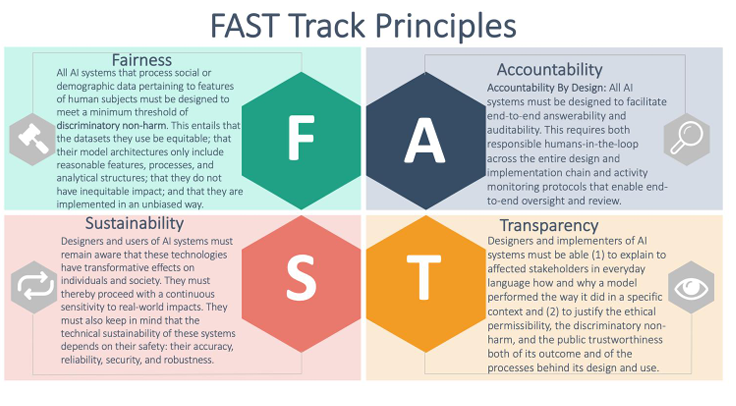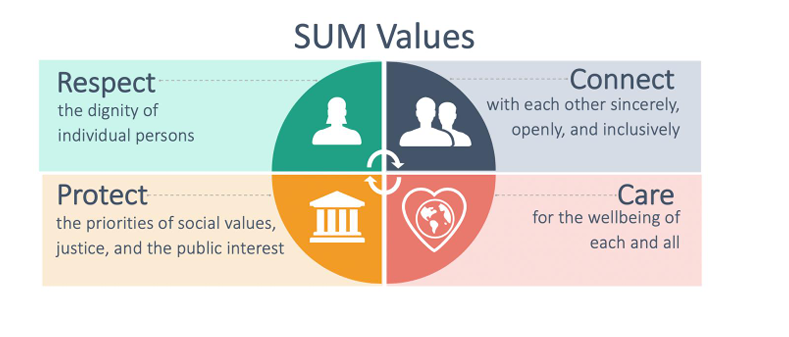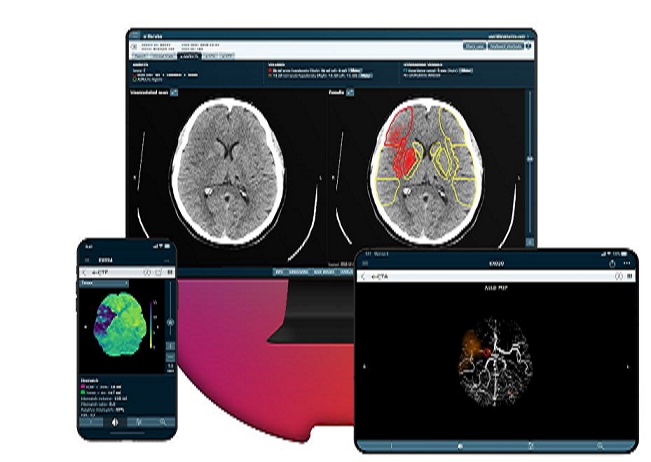Brainomix AI-powered Imaging Tool, e-Stroke: An Ethical Review








Project Title: Brainomix AI-powered Imaging Tool, e-Stroke: An Ethical Review
CSI_7_DEL: DEEP LEARNING
Overview
The Brainomix e-Stroke system is an advanced tool that uses artificial intelligence (AI) to help doctors quickly and accurately assess patients who have had a stroke. By analyzing CT and MRI scans, this system helps doctors make fast and informed decisions about how to treat stroke patients. This project aimed to review the ethical aspects of using the e-Stroke system, focusing on how it affects patients and healthcare professionals and whether it follows established ethical standards.
We evaluated the Brainomix e-Stroke system using three ethical frameworks: SUM Values, FAST Track Principles, and the PBG Framework. While the system offers significant benefits for patient care, we identified several ethical challenges, especially related to fairness, accountability, and transparency, which need further attention.
Problem Statement
Stroke is one of the leading causes of death and disability around the world. Quick diagnosis and treatment are crucial for patient survival. Traditional imaging methods like CT and MRI scans can sometimes be slow and less accurate, which can delay treatment. The Brainomix e-Stroke system addresses these issues by using AI to quickly and accurately analyze brain scans, helping doctors make faster decisions for stroke patients.
However, using AI in healthcare comes with certain ethical concerns, including issues related to privacy, fairness, and responsibility. This project reviewed how well the Brainomix e-Stroke system meets ethical standards and provided recommendations for improvement.
Approach
We used three ethical frameworks to assess the Brainomix e-Stroke system:
- SUM Values (Support, Underwrite, Motivate)
- The SUM Values framework focuses on evaluating how the system impacts society. We assessed whether the e-Stroke system respects patients, improves well-being, and benefits the public. The review found that the system made healthcare more efficient by speeding up stroke diagnoses and reducing treatment times, which improved patient outcomes.
- FAST Track Principles
- The FAST Track Principles include Fairness, Accountability, Sustainability, and Transparency. This framework helped us evaluate the AI project throughout its lifecycle:
- Fairness: We found issues related to bias and accessibility. The system wasn’t always accessible to all patient groups, which raised concerns about fairness in healthcare.
- Accountability: There was a lack of clarity about who is responsible for the system’s decisions. Questions like “Who is accountable for the AI’s decisions?” highlighted gaps in responsibility.
- Sustainability: We looked at whether the e-Stroke system could be used safely and reliably over time. The system needs accurate data and ongoing monitoring to ensure it remains effective.
- Transparency: The development of the e-Stroke system wasn’t as open as it should be. Transparency is important for building trust, especially in medical tools that use AI.
- The FAST Track Principles include Fairness, Accountability, Sustainability, and Transparency. This framework helped us evaluate the AI project throughout its lifecycle:
- PBG Framework (Process-Based Governance)
- The PBG Framework ensures that ethical principles are followed throughout the development and use of the system:
- Ethical Review: Regular reviews were suggested to make sure the system is fair and non-discriminatory.
- Stakeholder Engagement: It is important to involve patients and healthcare professionals in discussions about how the system works, its limitations, and how it handles data.
- Continuous Monitoring: The system needs regular monitoring to ensure its performance and data handling meet ethical standards.
- The PBG Framework ensures that ethical principles are followed throughout the development and use of the system:
Key Results
- The e-Stroke system helped improve stroke treatment outcomes by enabling faster recovery and increasing healthcare efficiency. Hospitals using the system reported better patient outcomes and fewer disabilities.
- Ethical concerns included data privacy, fairness in access to the system, responsibility for AI decisions, and transparency in how the system was developed. Addressing these concerns is essential for making the system trustworthy and ethically sound.
Conclusion
The Brainomix e-Stroke system is an important advancement in managing strokes, as it uses AI to improve the speed and accuracy of diagnoses. However, to ensure the ethical use of this technology, issues around fairness, accountability, and transparency need to be addressed. Ethical considerations must be central to developing AI technologies in healthcare to maintain public trust and ensure patient safety.
Recommendations
- Data Transparency: Make information about the training data and model available to the public to build trust.
- Accountability Framework: Clearly define who is responsible for the decisions made by the AI system.
- Public Engagement: Increase education for patients and healthcare providers about the system’s capabilities, limitations, and ethical concerns.









